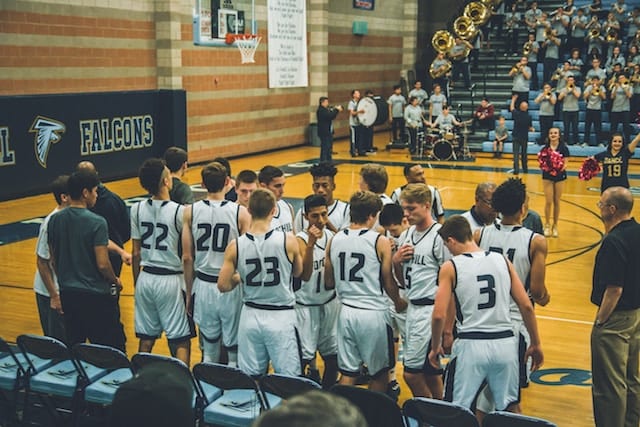Keeping It Civil
A wise crowd encompasses diverse views.
Good Judgment Project research found that being an “actively open-minded thinker” is positively correlated with being an accurate forecaster. That’s no mystery. Exposure to views with which we disagree – even views that we find repugnant – can inform our understanding of the world in which we live. And the better we understand that world, the better we can project what will happen under various conditions.
On Good Judgment Open (GJO), our public forecasting platform, we strive to foster the candid exchange of opinions without personal attacks on others who express opposing views and without using profane language or offensive epithets. We do not censor comments simply because they express opinions with which we, individually or as a company, disagree.
We rely primarily on our forecasting community to let us know if any comments posted on GJO fall outside the reasonable bounds of civil discourse. Any forecaster can “flag” a comment, which triggers a review by our site administrators. We’re happy to report that flagged comments are rare; from time to time, however, we have deleted inflammatory remarks, especially ones that personally insult other forecasters, and have cautioned GJO forecasters to find ways to “disagree without being disagreeable.”
Can Forecasting Tournaments Reduce Political Polarization?
The relative rarity of nastiness on GJO may surprise those accustomed to the rough-and-tumble of the Twitterverse. But it’s little surprise to Good Judgment researchers. Our co-founder Barb Mellers launched a three-year, National-Science-Foundation-funded research program to investigate whether participation in forecasting tournaments could moderate political polarization. Specifically, Mellers and her co-authors Philip Tetlock and Hal Arkes wanted to explore:
How feasible is it to induce people to treat their political beliefs as testable probabilistic propositions open to revision in response to dissonant as well as consonant evidence and arguments?
Mellers, B., Cognition, https://doi.org/10.1016/j.cognition.2018.10.021.
They put this question to the test for two years in a forecasting tournament they dubbed the Foresight Project. This tournament went beyond prior Good Judgment Project research in that it included questions relating to controversies in US domestic politics and not just about geopolitical events elsewhere. That increased the likelihood that Foresight Project participants, who were predominantly US residents, would hold strong views related to the forecasting questions.
The Mellers et al. findings shed light on why the conversation on Good Judgment Open seems so civil compared to what we see elsewhere on social media.
Forecasting tournaments are not a panacea for what ails our political conversations. Even the most accurate forecasters – including some who earn the Superforecaster® credential – occasionally express their views in polarizing prose and endorse opinions that many consider to be immoral. In that respect, forecasting accuracy is like other forms of competence − in Phil Tetlock’s words, “[t]here is no divinely mandated link between morality and competence.”[1]
Nonetheless, we are optimistic that Good Judgment Open contributes to a more thoughtful public dialog and encourages our forecasters to listen carefully to points of view that they might otherwise dismiss. For example, we took great pleasure in hosting an “adversarial collaboration” challenge on the Iran nuclear deal, inspired by this New York Times op-ed co-written by Phil Tetlock and Peter Scoblic. We plan to engage GJO forecasters with more opportunities to test whether their views on controversial subjects lead to more or less accurate predictions.
As the 2020 election cycle intensifies, we forecast with near certainty (p>.99) that the public debate will grow even more heated and more personal. Together, let’s preserve Good Judgment Open as a place where facts and reasoned argument reign supreme. We have nothing to lose but our illusions.
[1] Tetlock, P., & D. Gardner (2015). Superforecasting: The Art and Science of Prediction. New York: Crown. P. 229.


 Labour Government in the UK: Accuracy Up 76%
Labour Government in the UK: Accuracy Up 76% AWS Share of Cloud Computing Market: Accuracy Up 88%
AWS Share of Cloud Computing Market: Accuracy Up 88% US Beef Consumption in 2018: Accuracy Up 97%
US Beef Consumption in 2018: Accuracy Up 97%